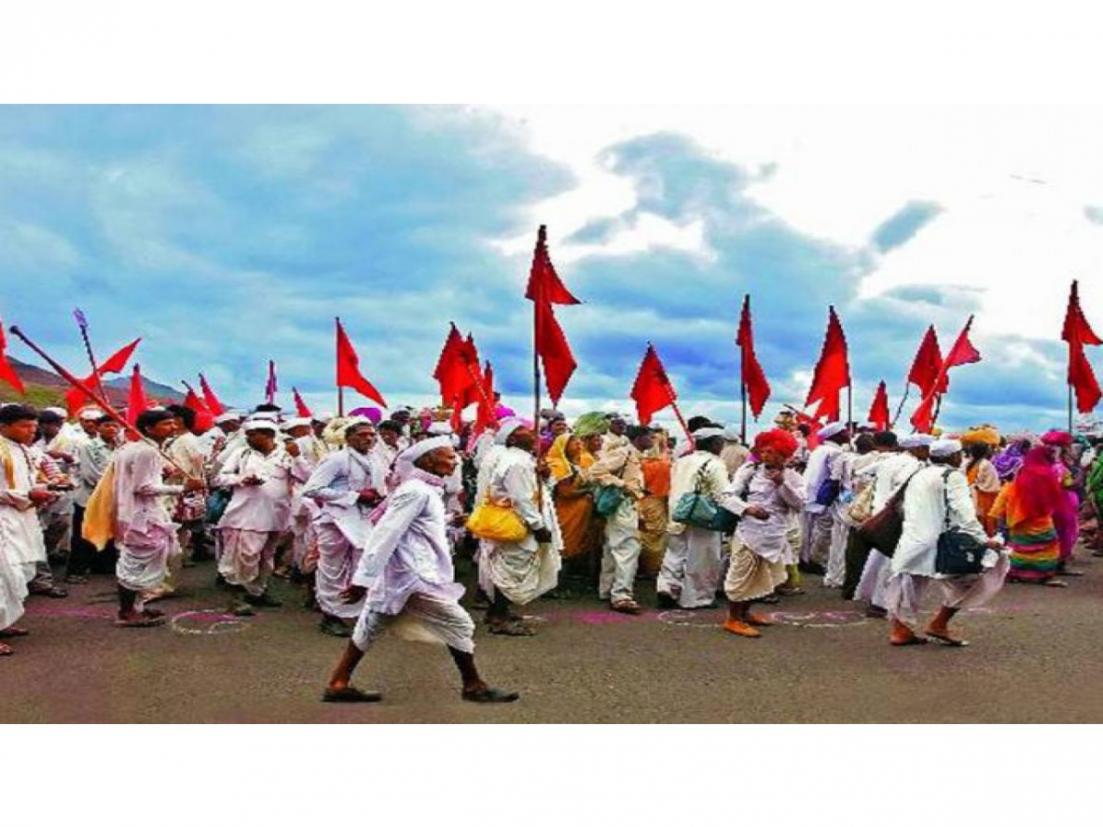The Sant Tukaram and Sant Dyaneshwar Palkhi processions began their three-week treks in Pune’s temple towns of Dehu and Alandi.

Pandharpur Wari
- Tradition: The Wari tradition is an 800-year-old pilgrimage in Maharashtra, where devotees, known as Warkaris, undertake a foot journey to the Vithoba temple (Incarnation of Vishnu) in Pandharpur.
- Largest walking event: The event is said to be one of the world’s largest and oldest movements, with thousands gathering on one day each year to walk approximately 250 kilometres.
- Guinness World Records: The Wari has been designated as “one of the most visited places in a day” by the Guinness Book of World Records.
- Wakari Panth Essence: The Wari is a ritualistic practise and a distinguishing component of Maharashtrian culture, embodying the essence of the Wakari Panth, a Bhakti sect.
- Four Procedures: The Wari takes place over the course of four months: Chaitra, Ashadh, Kartik, and Magh. The Ashadhi Ekadashi Wari is the most well-known and important of these processions.
Historical Evolution
- The Wari procession has changed over time, with different practises, accompanying tales, and unique organisational and managerial structures.
- Sant Dyaneshwar’s Influence: The Wari tradition can be traced back to Sant Dyaneshwar, the father of Sant Dyaneshwar, who was instrumental in establishing the pilgrimage to Pandharpur.
- Sant Namdev’s Legacy: A contemporary of Sant Dyaneshwar, Sant Namdev (whose verses are mentioned in Guru Granth Sahib), maintained the tradition and produced devotional works showing his devotion to Lord Vitthala.
Rituals and Cultural Factors
- Dindi and Musical Fervour: Dindis, or groups of devotees, sing, chant, and dance alongside the palkis during the Wari. Musical instruments such as the veena and mridangam add to the spiritual atmosphere.
- Seva Dindis and Social Initiatives: Along the Wari path, Seva Dindis provide selfless service like as annadana (food donation), medical support, and rural infrastructure development.
- The Wari has been used as a platform for social messaging and initiatives such as encouraging cleanliness through the ‘Nirmal Wari’ campaign and women-centric programmes such as ‘Wari Nari Shakti’ concentrating on menstrual hygiene.
Source: https://timesofindia.indiatimes.com/topic/pandharpur-wari
